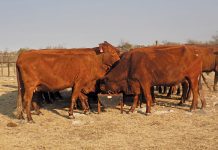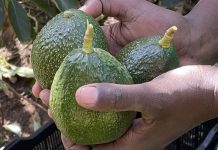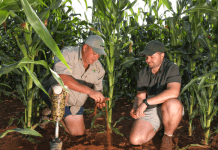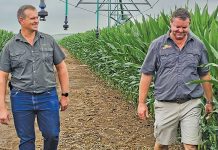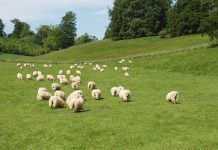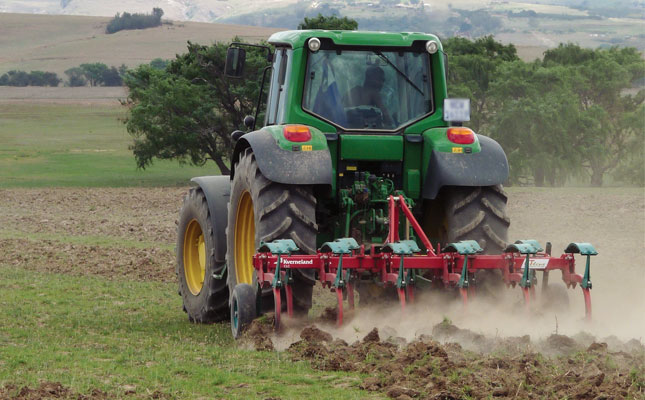
The South African Agricultural Machinery Association (SAAMA) attributed this increase to buyers taking advantage of lower-priced tractors that were imported when the rand was stronger earlier this year.
SAAMA added, however, that “the very recent weakness of the rand” against major foreign currencies would cause an increase in agricultural equipment prices for the foreseeable future.
READ Implements for vegetable farmers
“Regrettably, the current weaker rand is unlikely to raise local commodity prices as these are currently affected by export parity,” said SAAMA chairperson, Lucas Groenewald.
Head of economic and agribusiness intelligence at Agbiz, Wandile Sihlobo, said that although SA’s grain prices had come under pressure due to the record harvest this year, the higher yields achieved per hectare had, to some extent, boosted farmers’ incomes.
He pointed out that contrary to the July 2017 jump in tractor sales, SA’s combine harvester sales of 13 units over July 2017, which was down from the 14 units sold in July 2016, were the lowest since December 2016.
“This decline came after five consecutive months of solid performance in harvester sales, owing to a good [summer grains] harvest. With that said, the decline in July 2017 [combine harvester sales] figures is not surprising as the summer harvest process is virtually over across the country,” Sihlobo said.
SAAMA reported that SA’s year-to-date July 2017 tractor sales of 3 540 units were 4% higher than the 3 403 units recorded for the corresponding period in 2016.
READ Planting dates for onions
The association also reported that the 144 combine harvesters sold nationally for the year-to-date July 2017 were 9,1% up on the 132 units sold for the corresponding period in 2016.
Both SAAMA and Agbiz expected national tractor sales to remain stable in the near-term, with SAAMA estimating total sales figures for the 2017 calendar year to be between 5 700 and 6 000 units.
“The combine harvesters’ sales could remain weak in the near-term and possibly gain momentum towards the end of the year when the winter crop harvest period commences. In the short- to medium-term, the key risk to the aforementioned is the weaker exchange rate,” Sihlobo said.
In his outlook for SA’s agricultural machinery sales during the 2017/2018 summer cropping season, Groenewald said that farmers needed to evaluate their input costs carefully and base their planting decisions on these estimations.
Sihlobo said that an important consideration over the long-term was the cost of servicing SA’s farm debt, “as it would have implications on the agricultural machinery sales performance”.

